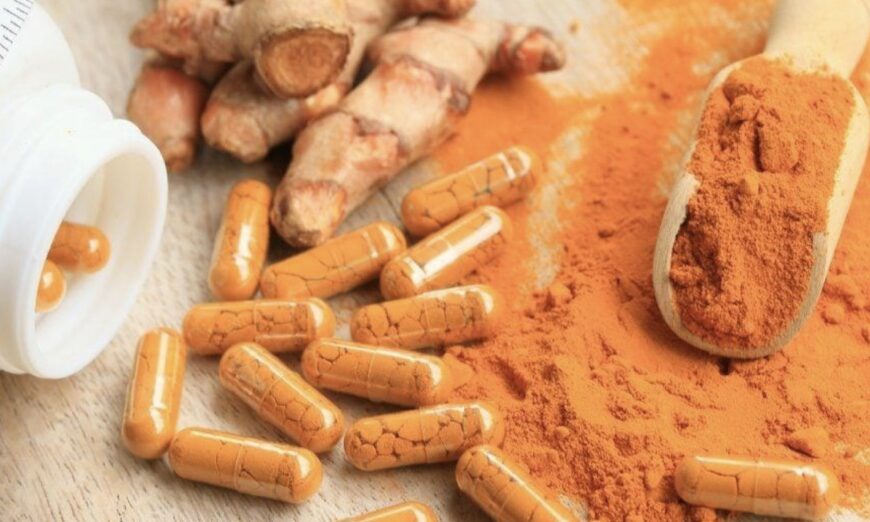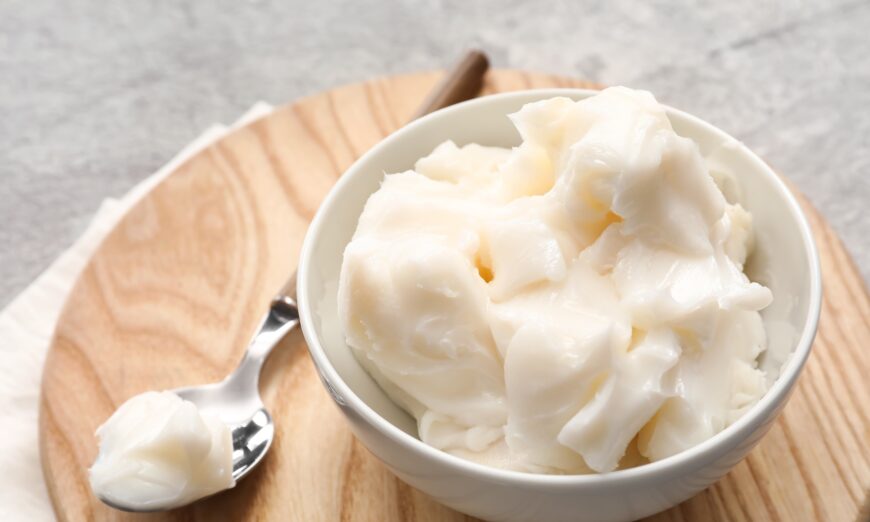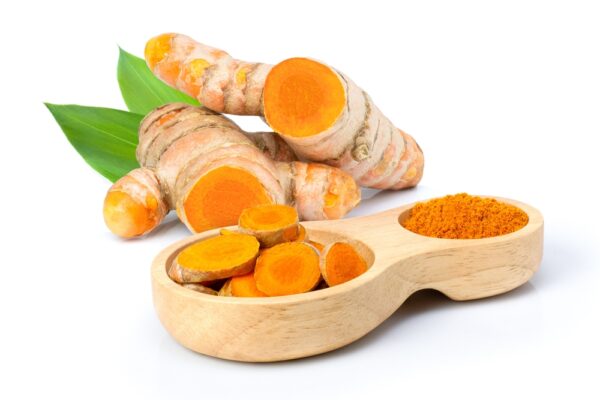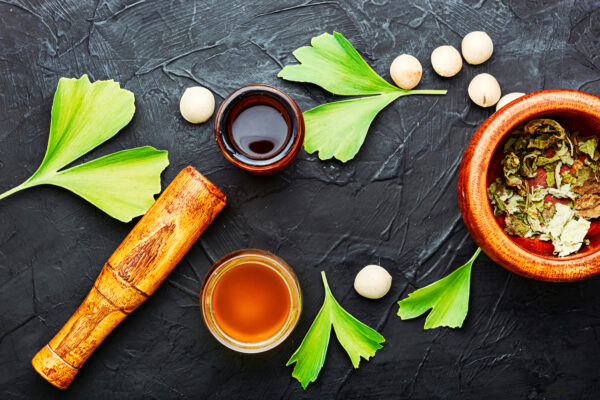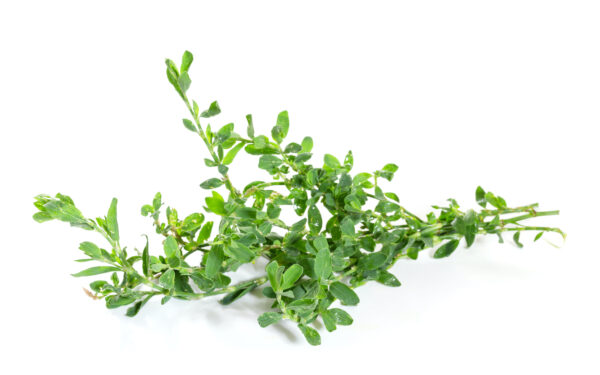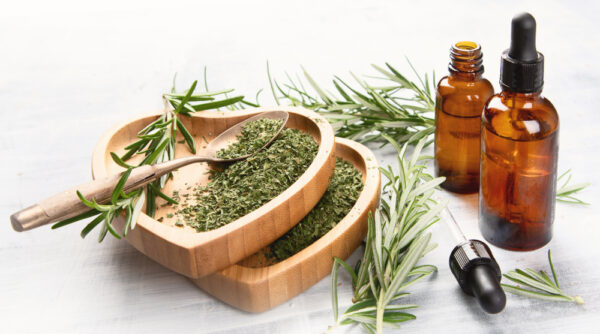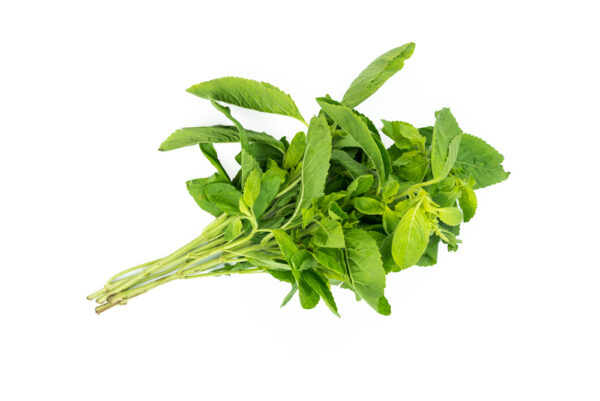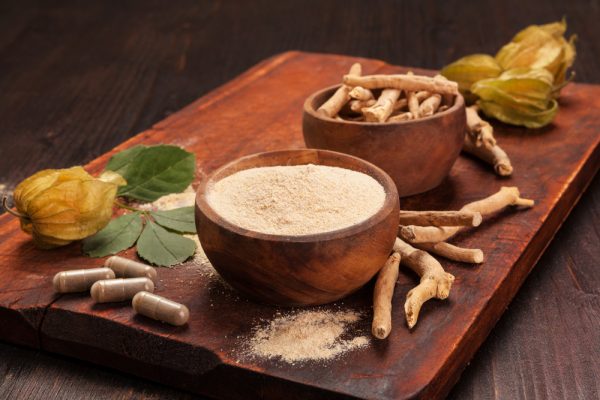AustraliaOne Party – Winning this spiritual war: Advice from an old communist John Wilson former President of Trades Hall Canberra explains how the Communists are terrified of waking up the Christians
Lara Logan explains the World Wide Cabal
Dr. Peter Mccullough
Turmeric Can Boost Immunity and Improve COVID-19 Symptoms, 6 Types of People Should Avoid
Both Asian and Western literature have found that turmeric has many benefits, including anti-inflammation, prevention of cardiovascular disease, prevention of dementia, prevention of cancer, anti-depression, improvement of skin quality, and the like. Especially during the pandemic, improving one’s immunity has become the main act to fend off COVID. Dr. Dawei Guo, a physician at the Fu Yuan Traditional Chinese Medicine Clinic in Taiwan, shared how to enhance immunity by consuming turmeric, and the nine groups of people who need turmeric.
Both turmeric and ginger are medicinal and edible plants. How can we tell the difference between the two? First of all, ginger belongs to the Zingiberaceae family. It is a commonly used condiment in the home. Apart from its favorite usage as a spice, it also removes fishy smells, as well as cold. It is a popular product for warming and nourishing the body. Turmeric is a plant belonging to the genus Curcuma longa of the Zingiberaceae family and is the raw material for curry. Turmeric is a natural antioxidant that helps eliminate free radicals in the body. Eating it in moderation has lots of health benefits.
Ginger has a spicy taste, and according to traditional Chinese medicine (TCM), when used as a medicine, it is useful in regulating the three meridians of the lung, spleen, and stomach. Turmeric is also spicy with a slightly bitter taste. It converges to the liver and spleen meridians. It is often prescribed in TCM to activate blood circulation, relieve pain, flush the meridians, and improve internal gas circulation. It is used against symptoms of pain in joints, in the hands, and during menstruation.
TCM discovered that the human body has a “meridian” system that is responsible for transporting “qi” and “blood” throughout the body. These are the basic substances that constitute the human body and maintain its physiological activities. Qi and blood circulate within the body to maintain the balance and stability of various tissues and organs. When there is an imbalance or deficiency of qi and blood in the body, disease or other complications may occur.
There are 12 main meridians in the human body corresponding to the 12 viscera, which circulate further to the hands, feet, head, and face. If any of the meridians are blocked, the movement of substances will be affected, and the “evil qi” or “disease qi” (various factors that cause diseases) will enter, resulting in all sorts of abnormalities in the body. When the meridian system returns to normal, the disease will eventually be cured.
Turmeric Can Boost Immunity and Improve COVID-19 Symptoms
So far, there are nearly 70,000 research reports on turmeric. A study published in a 2017 edition of the journal Foods confirmed that curcumin in turmeric has anti-inflammatory and antioxidant effects. Another research paper published in the journal Nutrients in 2019 showed that curcumin has immunomodulatory effects that can help prevent cancer. Both curcuminoids and related turmeric products have been sanctioned by the U.S. Food and Drug Administration (FDA) as safe.
From 2021 to 2022, many academic journals published research results on curcumin’s treatment for COVID-19. In clinical studies, it has been found that curcumin can effectively improve symptoms such as fever, cough, dyspnea, and muscle soreness in confirmed mild and severe patients after treatment with it. It can also maintain the patient’s blood oxygen concentration at a better level.
Curcumin treatment in pulmonary fibrosis cases also significantly reduced hospital stays for diagnosed patients. Related studies have also found that patients treated with curcumin had a lower mortality rate than those who did not use it at all. In addition, patients with taste and smell disorders due to a COVID-19 diagnosis also showed significant improvement in symptoms after treatment with turmeric. Therefore, many researchers suggest that curcumin can be included in the adjuvant treatment plan for diagnosed patients.
9 Types of People Best Suited for Turmeric Treatment
More and more studies have confirmed that turmeric can improve immunity and that it has anti-viral, anti-inflammatory, and antioxidative effects. Guo suggested that the following nine types of people are most in need of taking turmeric.
- Students who stay up late to study
- Office workers who work overtime and stay up late
- People with chronic joint inflammation and pain
- Those with high cholesterol, blood pressure, and/or blood sugar
- People who dine out often
- People who need to recover from a hangover
- People who want to increase their metabolism rate
- Those who are overweight
- People with excessive body fat
6 Groups Who Should Avoid Taking Turmeric
Because turmeric has the effect of promoting blood circulation and stimulating gastric mucosal cells, these six groups of people with the following constitutions or situations are not suited to eating turmeric.
- Patients with gastritis, gastric ulcer, and gastric acid reflux
- Patients suffering from diseases such as hepatitis, diabetes, gallstones, abnormal biliary function, calcium oxalate stones, and unstable blood pressure
- Menstruating women, or people who have undergone surgery
- Those with blood coagulation disorders or taking anti-coagulant drugs
- People with iron deficiency anemia
- Pregnant or breastfeeding women
Guo suggested that if you have one of these conditions, you must consult a doctor for advice, and you should not replace regular treatment with TCM remedies. If you are not sure about your body’s constitution, consult your doctor.
How to Increase Curcumin Absorption
The turmeric powder you see in the supermarket is a product obtained by grinding turmeric into powder and then drying it. However, the real value of turmeric lies in the curcumin extracted from turmeric. In general, turmeric powder only contains about 2 percent to 5 percent curcumin, but is not easily absorbed by the body. Guo suggested the following methods to increase the absorption of curcumin.
- Stir-fry with oil to extract its full nutrition. Curcumin and vitamins A, D, E, and K are all fat-soluble, and frying with oil is conducive to the release of nutrients in turmeric.
- Mix with milk and honey. Use 500 milliliters (17 fluid ounces) of whole milk as the base, 1.5 teaspoons of turmeric powder, 0.5 teaspoon of cinnamon powder, 0.5 teaspoon of honey (or maple syrup), and a little black pepper, which can help with sleep and relieve stress.
- Mix with salt and pepper, ginger, and rice. Combine a little turmeric powder, salt, black pepper granules, a little mushroom powder, and a little soy sauce. Mix all kinds of seasonings with rice, and it’s ready to serve.
- Add piperine to increase the absorption of curcumin. Curcumin is fat-soluble and not easily absorbed by the human body. Take it together with fat or piperine to increase the absorption rate. Studies have found that the piperine in black pepper can increase the bioavailability of curcumin by 2,000 percent.
Many studies have pointed out that the final absorption rate of curcumin is quite low. Therefore, Guo suggested that it takes a long time and continuous intake of turmeric to achieve the necessary amount.
Guo emphasized that some people may not fall asleep if they eat turmeric before going to bed. He recommended eating it during the day when the body metabolizes faster.
4 Principles for Choosing Turmeric
How do you choose turmeric powder? Guo recommends the following selection criteria.

- Commercially available products include turmeric powder capsules containing only 1 to 5 percent curcumin. You should choose products with more than 90 percent curcumin, and the content of curcumin should be at least 150 milligrams to have real anti-inflammatory and metabolism-promoting effects.
- Find out whether there are research data to support its efficacy. There are many turmeric products on the market. Because curcumin doesn’t last long in the body, if you want to enhance its absorption, you should choose products with international labels, patents, safety inspections, international certification, clinical data, and the like, to ensure you’re getting genuine and effaceable curcumin.
- Opt for curcumin over turmeric powder.
Since turmeric powder contains only about 2 to 5 percent curcuminoids, it is best to purchase products that contain the active curcumin ingredient.
Animal Fat Might Not Be Bad for You
We have been led to believe that consuming saturated fat increases the risk of cardiovascular diseases, but is this really the case? There is another harmful fat hidden in many delicious foods, but it is usually overlooked.
Saturated Fat May Not Be the ‘Culprit’ of High Blood Lipids
Saturated fats from lard and coconut oil are believed to increase cholesterol levels, leading to cardiovascular diseases. Therefore, some guidelines recommend that people cut back on foods that contain saturated fat, such as red meat, cakes, and biscuits.
However, is saturated fat really bad for you?
Before diving into this, we need to understand some basics about cholesterol.
Cholesterol can be divided into high-density lipoprotein (HDL) cholesterol or good cholesterol, and low-density lipoprotein (LDL) cholesterol or bad cholesterol. The particle size of bad cholesterol can vary and can be divided into two types: small dense LDL (sdLDL) and large buoyant LDL (lbLDL).
Small dense LDL is the one that is harmful to the cardiovascular system and is more likely to cause atherosclerosis and cardiovascular disease.
Small dense LDL is more likely to cause thrombus and atherosclerosis, as it stays in the body longer than large buoyant LDL and is more susceptible to oxidation. In addition, its small particle size makes it easier to penetrate blood vessel walls. The concentration of small dense LDL is a better predictor of cardiovascular disease than the total value of bad cholesterol. According to a study published in Clinical Biochemistry, numerous studies have shown that small dense LDL is strongly associated with raised triglycerides and decreased concentrations of good cholesterol.
While saturated fat intake increases both total and bad cholesterol, it is primarily large buoyant LDL that increases. In addition, a review article in the British Medical Journal pointed out that saturated fat can increase good cholesterol and may also reduce small dense LDL. Therefore, moderate intake of saturated fat may not necessarily increase the risk of coronary heart disease.
Aeris Chen, a nutritionist with a doctorate in food science, said, “In fact, every oily food contains saturated fat, monounsaturated fat, and polyunsaturated fat; the difference is only in quantity.” She pointed out that saturated fat is neither bad nor good—it is just one type of fat found in food.
Even so, we should not consume too much saturated fat, as it may lead to an increase in small dense LDL in some people.
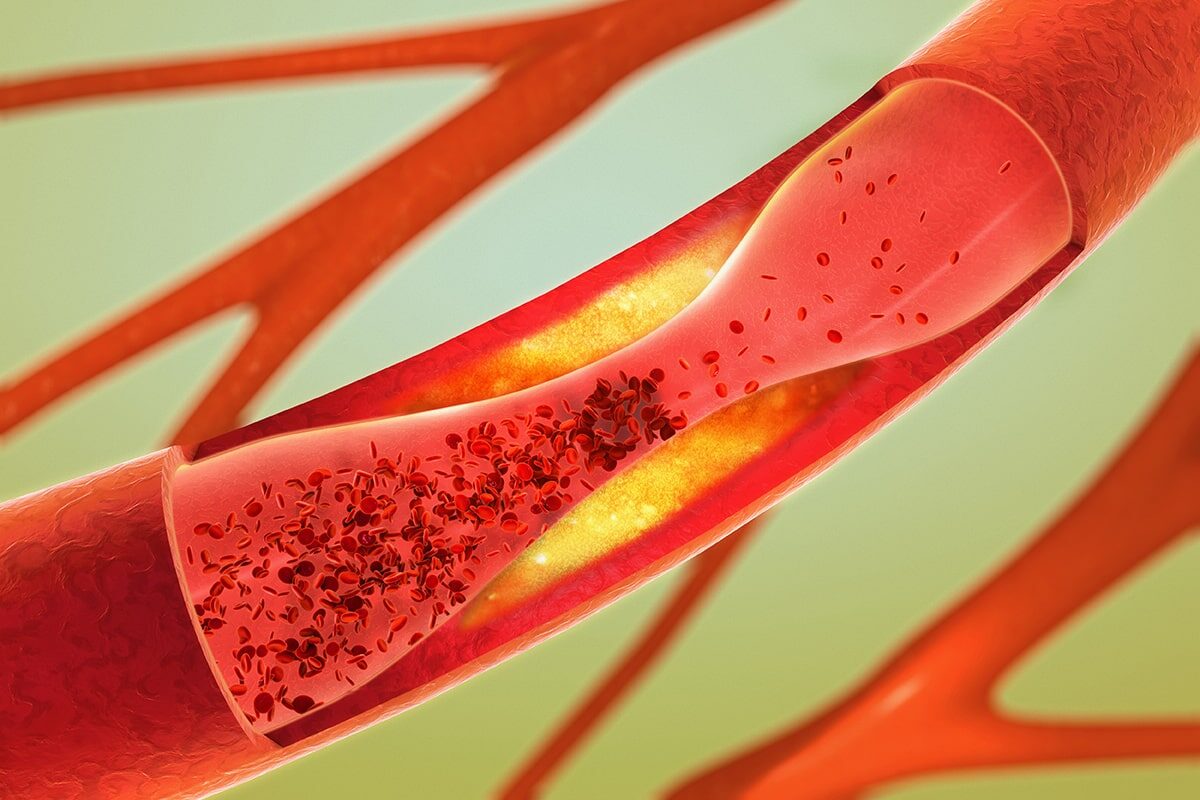
Vegetable Oils Are Not Necessarily Low in Saturated Fat
There is also a misconception about saturated fat—that is, it mainly exists in animal fats, while the saturated fat content in vegetable oils is relatively low. The truth is that some vegetable oils, such as coconut oil and palm oil, are surprisingly high in saturated fat.
According to the United States Department of Agriculture, every 100 grams of coconut oil contains 82.5 grams of saturated fat, 6.31 grams of monounsaturated fat, and only 1.7 grams of polyunsaturated fat. Similarly, every 100 grams of palm oil contains up to 81.5 grams of saturated fat, 11.4 grams of monounsaturated fat, and only 1.6 grams of polyunsaturated fat.
On the other hand, fats from animal sources are not necessarily high in saturated fat. For example, every 100 grams of salted butter (nearly one stick) contains 45.6 grams of saturated fat, 16.9 grams of monounsaturated fat, and 2.52 grams of polyunsaturated fat.
The saturated fat in lard is even lower. For every 100 grams of lard, there are only 39.2 grams of saturated fat, 45.1 grams of monounsaturated fat (which is slightly high), and 11.2 grams of polyunsaturated fat.
Health Benefits of Animal Fats
Some animal fats offer great health benefits. For example, lard has been documented for medicinal use in traditional Chinese medicine.
Yeh Ru-Duan, director of Jiapin Chinese Medicine Clinic in Taiwan, pointed out that lard is sweet and pungent, and slightly cold in nature. It has the effects of tonifying deficiency, nourishing the spleen and stomach, relieving constipation, and moisturizing the skin.
While all fats are “moistening,” different fats have different properties.
Due to the characteristics of lard, we do not have to worry about “heatiness,” inflammation, dry mouth, and other problems after eating it. In the past, people working in the agricultural field had physically demanding jobs and were prone to fat and protein deficiencies, so they tended to eat pork lard mixed with rice, which can provide sufficient fat and nourishment.
In contrast, beef is warm in nature but its fat has the same properties. The nature of mutton is drier and heaty, and its fat is sweet and warm. It is not suitable for people who are prone to dry mouth and tongue. Goose meat can trigger inflammation and skin allergies, so people with skin conditions are advised to avoid foods made with goose fat.
In recent years, people have often thought that animal fats are high in saturated fat and should be eaten less, but lard does not actually have the highest saturated fat content. Yeh pointed out, “Lard itself is not bad; the problem is the quantity.” The problem is that modern diets are full of saturated fat, such as all kinds of pastries, biscuits, fried foods, and desserts. Eating too much of these foods can lead to excess saturated fat, even if we choose not to eat lard.

Modern people consume too many calories and tend to have the three highs (blood pressure, cholesterol, and blood sugars), so we should pay more attention to the amount of fats consumed. Yeh mentioned that the coconut oil used in the ketogenic diet and bulletproof coffee is very high in saturated fat. She has met many patients with poor metabolism and high blood lipids who did not understand the properties of coconut oil. Yet they drank a cup of bulletproof coffee every day, which can eventually lead to hyperlipidemia.
The Worst Type of Fat: Trans Fats
Fat is one of the three macronutrients in the human diet. Saturated fat, monounsaturated fat, and polyunsaturated fat can all be taken in moderation. However, there is one type of fat we should avoid: trans fat.
Like refined carbohydrates, trans fatty acids (trans fats) will also increase the level of small dense LDL in the body, according to a clinical trial published in the American Journal of Clinical Nutrition.
There are two main sources of trans fat in food: naturally occurring trans fat and artificial trans fat.
Naturally Occurring Trans Fat
Products from ruminants (cattle and sheep), such as milk, butter, cheese, and meat, may contain small amounts of naturally occurring trans fat. These trans fats, which are synthesized by the gastrointestinal bacteria of ruminants, generally do not cause adverse health effects.
Artificial Trans Fat
Hydrogen is added to liquid vegetable oil to change its form from liquid to solid, which improves the stability of the oil and makes it more resistant to high temperatures. Such fats are found in some hydrogenated oils, margarine, vegetable shortening, etc.
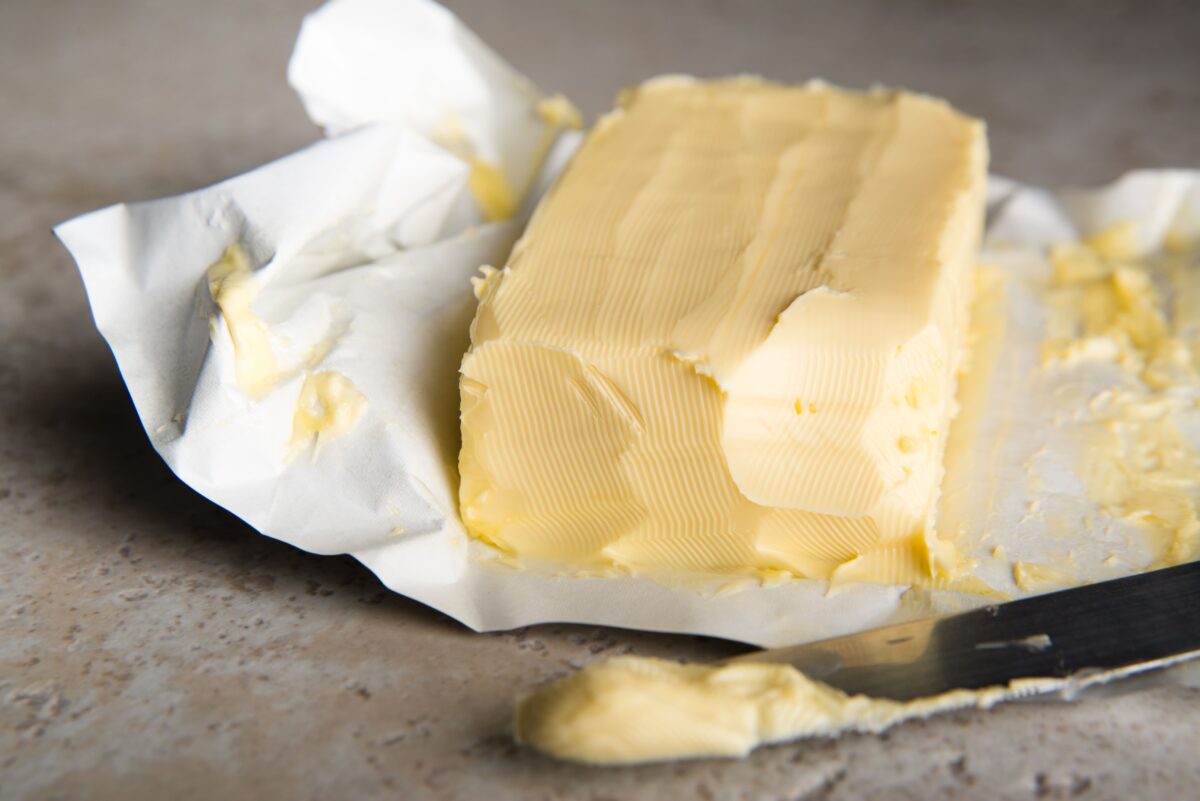
Trans fat is metabolized very slowly in the human body. Among all fats, trans fat is the most harmful to human health. Regular intake of trans fats can lower good cholesterol and increase small dense LDL, thereby increasing the risk of cardiovascular disease and other health problems. A 2021 review found that consuming 5 grams of trans fat per day increases the risk of cardiovascular disease by 29 percent.
Although many countries have established regulations in recent years to reduce or ban trans fats, this type of fat can still be found in many fried, packaged, or processed foods. They are often “fragrant, flaky, and crispy,” which include fried foods and baked goods (cakes, pie crusts, biscuits), frozen pizza, margarine, and other spreads.
It should be noted that the firmer the plant-based margarine, the more trans fat it contains. According to the American Journal of Clinical Nutrition trial, semiliquid margarine, soft margarine, and stick margarine contain about 0.6 percent, 9.4 percent, and 26.1 percent trans fat, respectively. If options are available, it is recommended to choose a softer form of plant-based margarine to reduce the trans fats intake.
Another way to avoid trans fats is to look at the ingredient list. Due to the different laws and regulations in various countries, it is more accurate to look at ingredient lists instead of the front of the packaging. For instance, some regulations stipulate that products with less than 0.5 grams of trans fat per serving can be labeled as “zero grams of trans fats.” It is recommended to avoid foods containing words like “hydrogenated,” “partially hydrogenated oil,” and “vegetable shortening.”
